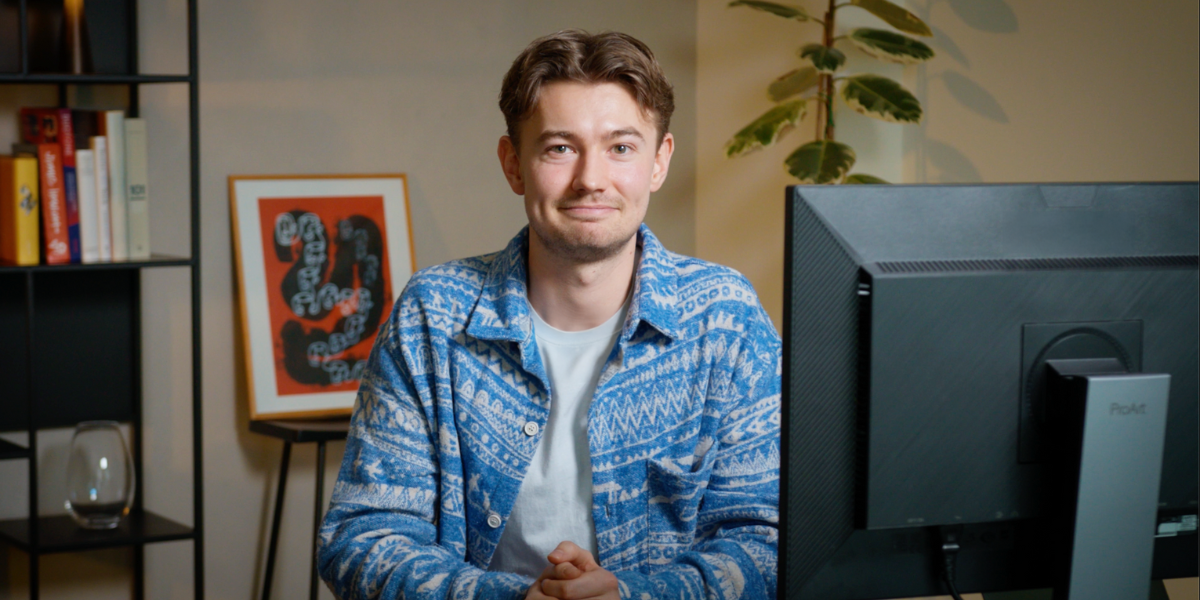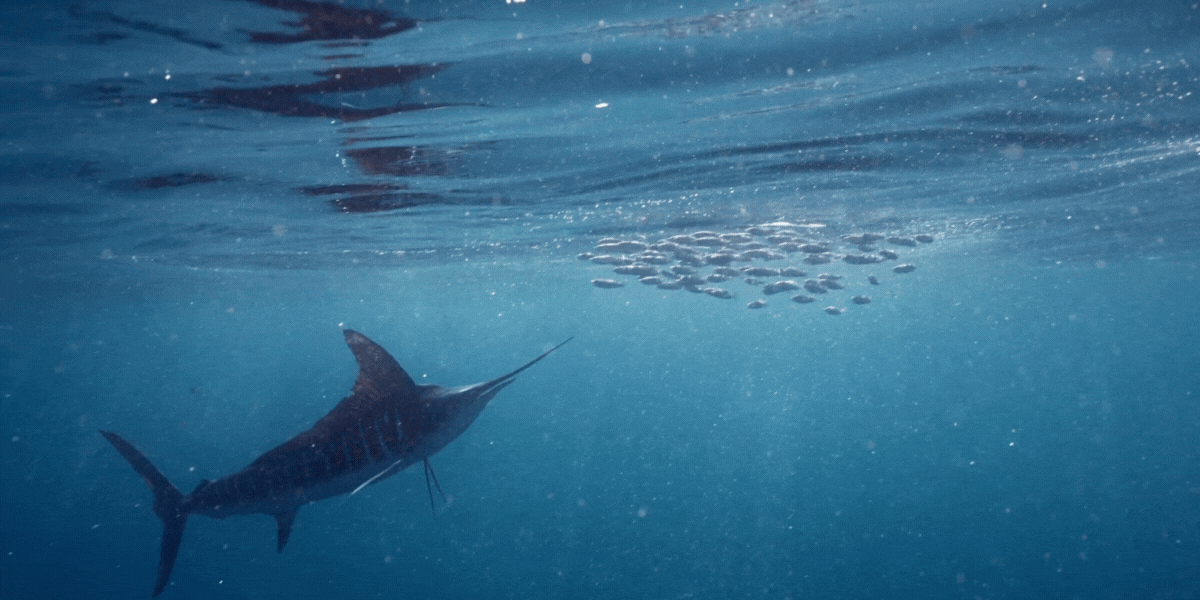Desbloquea tu potencial creativo con la escritura libre
Si estás aquí, probablemente sientas curiosidad por el concepto de escritura libre. Quizás hayas oído hablar del término en talleres de escritura o lo hayas encontrado en blogs de productividad. Sea como sea, probablemente te preguntes: ¿cuál es exactamente el propósito de la escritura libre y cómo puede ayudarme?
¿Qué es la escritura libre?
En esencia, la escritura libre es una práctica de escritura sin filtros ni interrupciones. Escribes tan rápido como puedas, dejando que tus pensamientos fluyan libremente sobre la página, sin preocuparte por la gramática, la estructura ni la coherencia. Aquí no hay correcciones con rotulador ni angustia por la elección de palabras. Solo tú, tus pensamientos y un lienzo en blanco infinito esperando a ser llenado.
El propósito de la escritura libre: descubrir sus beneficios
Ahora, vamos al grano: ¿cuál es el propósito de este ejercicio aparentemente caótico ? ¿Por qué alguien querría escribir sin pautas? Aquí tienes un resumen:
1. Silenciar al crítico interno
Tu crítico interior es la voz que te dice que tus ideas no son lo suficientemente buenas o que deberías reescribir esa frase por décima vez. La escritura libre te ayuda a desconectar de esa voz insistente, permitiendo que tu creatividad fluya libremente.
2. Generación de ideas
¿Te has atascado en algún punto de la trama de tu novela? ¿No sabes cómo empezar tu próximo artículo? La escritura libre puede servirte como lluvia de ideas, ayudándote a generar muchísimas en poco tiempo.
3. Superar el bloqueo del escritor
Este es un punto importante. Escribir con libertad y de forma continua puede ayudarte a superar las barreras mentales que suelen acompañar al bloqueo del escritor. Es como un calentamiento antes de entrenar; estimula la creatividad.
4. Descubriendo tu voz
La escritura libre te ofrece una plataforma para que tu yo auténtico brille. Al no concentrarte en pulir cada frase, tu verdadera voz puede emerger, ayudándote a comprender tu estilo natural de escritura.
5. Mejorar la concentración y la disciplina
Contrariamente a lo que se podría pensar, el proceso de escritura libre puede ser intenso. Requiere concentración y disciplina para escribir continuamente, lo que lo convierte en una excelente práctica para perfeccionar la concentración.
6. Catarsis emocional
Más allá de la productividad y el desarrollo de habilidades, la escritura libre funciona como un ejercicio terapéutico. Permite expresar emociones, miedos y esperanzas de forma cruda y sin censura, lo que sirve como una forma de liberación emocional.
¿Por qué utilizar herramientas de escritura libre?
Entonces, ¿cómo encaja en todo esto la línea de herramientas de dibujo de Freewrite?
Nuestra gama de dispositivos está diseñada para fomentar un entorno propicio para la escritura libre. Con una interfaz sin distracciones, una batería de larga duración y un teclado táctil muy fácil de usar, Freewrite te facilita entrar en fluidez, haciendo que tus sesiones de escritura libre sean aún más productivas y agradables.
--
El propósito de la escritura libre es multifacético y satisface necesidades tanto prácticas como emocionales. No se trata solo de plasmar palabras en una página, sino de liberar tu creatividad, superar bloqueos y enriquecer tu experiencia como escritor.
Así que la próxima vez que te encuentres mirando un cursor parpadeante, recuerda: simplemente empieza a escribir. Te sorprenderá adónde te lleva.
¡Sigue escribiendo!



























